Peanuts
Peanuts
Argentina, Brazil, USA, China, India, Nicaragua & South Africa
Peanuts are one of the world’s oldest, most beloved yet least understood crops. Through the years, they have been called goobers, pinders, ground peas, and many names in between and their scientific name is Arachis hypogaea. They were first grown by South American Indians, over 5.000 years ago, and were later transported to other cultures by Spanish and Portuguese explorers. By planting peanuts in their personal gardens, African slaves inspired other farmers to grow peanuts, hence they are credited with developing the peanut’s culture in the USA.
Despite its name, a peanut is not a nut; it is a legume. That is a flowering plant that bears seeds in pods and has round growths on its roots called nodules. The nodules make more food to help the plant grow strong. There are more than 10.000 kinds of legumes, including peas, beans, clover and alfalfa. Peanuts are shoots from flowers that blossom above ground but produce seeds – peanuts – below ground.
Under the right conditions, a peanut seed will grow into a plant about 18 to 24 inches tall. It has fuzzy stems, oval leaflets, and little yellow flowers low on the plant, shaped like butterflies. There are two types of peanut plants:
- Runners; which spread out like vines and the peanuts grow beneath the plant’s branches.
- Bunch peanut plants; which grow upright like small bushes and the peanuts grow close to the plant’s main stem and taproot.
The largest peanut-producing countries are China, Argentina, Brazil, Nicaragua, South-Africa, India and the United States of America. Together they raise more than 90% of the world’s peanuts. A country like India can produce two crops a year, and 90% of their peanut production is processed into peanut oil, as well as in China. In the USA, the greatest peanut-producing states are Georgia, Texas, North Carolina and Alabama and they usually grow 1 of 4 peanut varieties: Runner peanuts, Virginia peanuts (larger seeds), Spanish peanuts (more oil) and Valencia peanuts (3 or more in a pod). Larger peanuts are used for dry-roasted peanuts, whereas smaller peanuts are used in candies, peanut butter and other products. Peanuts are sold as in-shell, shelled and blanched into kernels.
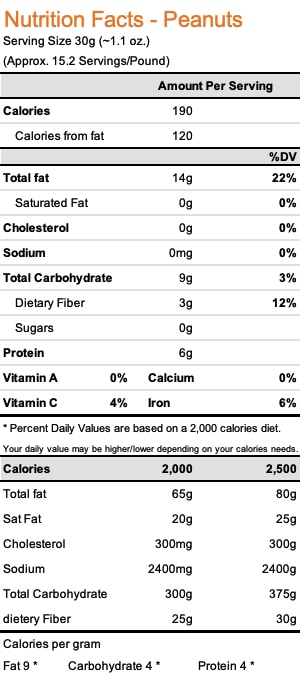
Peanut plants grow best in sandy or loose soil with warm, sunny weather and moderate rain.
- A peanut gets planted about 2 inches deep, and after about 1 to 2 weeks, a bud breaks through the ground.
- In the next two months, the plant grows many leaflets that grow as pairs in groups of four and fold up in pairs at night. They absorb energy from the sun.
- During summer, little yellow flowers blossom which open at sunrise and most of them wilt the next day.
- A few days later, the base of the flower’s stem starts to grow. The dead flower falls off and the shoot, called a peg, grows towards the ground.
- A few weeks later, the peg enters the ground, and the tip turns horizontal.
- By late summer, the tip has grown into a harden peanut pod (a shell) with a ridged surface. The pod usually holds two seeds (the peanuts) wrapped in a protective skin.
- About five months after planting, the new peanuts are ready for harvest.
→ Most peanut plants in gardens produce about 20 peanuts. But farmers who use special seed peanuts may harvest more than 100 peanuts per plant.
In small gardens, peanut plants are dug up with shovels and the peanuts picked by hand. On large farms, special equipment is used to harvest peanuts.
- The farmer uses a tractor to take the peanut plants out of the ground and to lay them in rows, called windrows. The tractor has a digger to plough through the soil and to cut the taproot, a shaker to scoop up the plant and shake off the dirt and an inverter to turn the plant upside down so the peanuts can dry in the sun.
- After at least two days of drying, a combine gathers up the windrows. Inside the combine, the peanut plant is spun around, separating the peanut from the plant. Then the peanuts are blown through a chute into a screen mesh hopper.
- Once the hopper is full, the farmer empties the peanuts into a special drying wagon where warm air is pumped through the floor to dry the peanuts even more. Fresh-dug peanuts are 25 to 50% moisture, which has to be reduced to 10% or the peanuts may get mouldy.
- The final step is for the farmer to take the peanuts to a buying station where they are inspected for quality and sorted by size.
Peanut consumption
Would you like to know more about the distribution of peanut consumption worldwide? Click below to visualize our infographic on this subject.
Would you like to know more about the distribution of peanut consumption worldwide? Click below to visualize our infographic on this subject.
Nutrition facts
News on peanuts
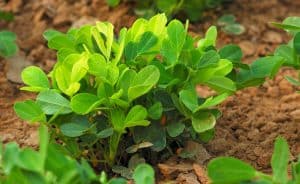
Peanut market report October 2022
With basically all origins producing smaller crops and/or having lower planting intentions, it feels like peanut prices are likely to increase. So far, we have
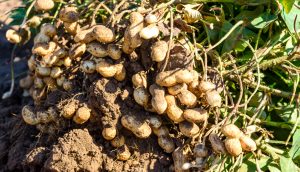
Peanut market report September 2021
Although the peanut market enjoys good quality crops from both Argentina and Brazil, and despite positive news about the upcoming crop in the US, the
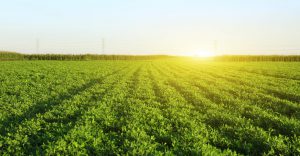
Peanut market report April 2021
The peanut market continues to be relatively quiet, although there has been some more activity and demand this past week for various reasons, delays in
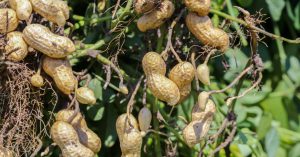
Peanut market report March 2021
Peanut crops in Argentina and Brazil are overall looking good, and in some places in Brazil, harvest already started. In several countries, the market seems
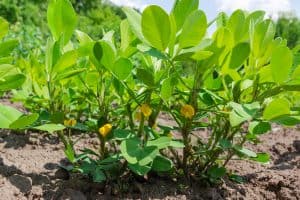
Peanut market report December 2020
This month’s market is characterized by an EU import tax on American peanuts, markets firming up and the end of the plantings in South America
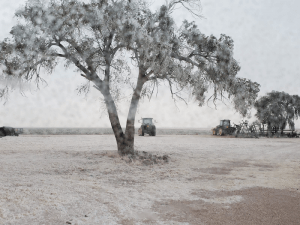
Peanut market report November 2020
This month’s peanut market report is focussed mostly on the situation in the US. The recent weather caused additional delays in the East and created

Peanut market report October 2022
With basically all origins producing smaller crops and/or having lower planting intentions, it feels like peanut prices are likely to

Peanut market report September 2021
Although the peanut market enjoys good quality crops from both Argentina and Brazil, and despite positive news about the upcoming

Peanut market report April 2021
The peanut market continues to be relatively quiet, although there has been some more activity and demand this past week

Peanut market report March 2021
Peanut crops in Argentina and Brazil are overall looking good, and in some places in Brazil, harvest already started. In

Peanut market report December 2020
This month’s market is characterized by an EU import tax on American peanuts, markets firming up and the end of

Peanut market report November 2020
This month’s peanut market report is focussed mostly on the situation in the US. The recent weather caused additional delays

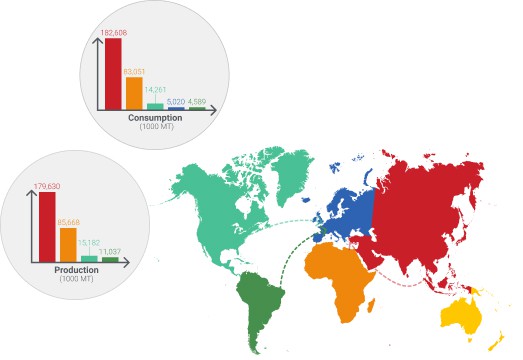
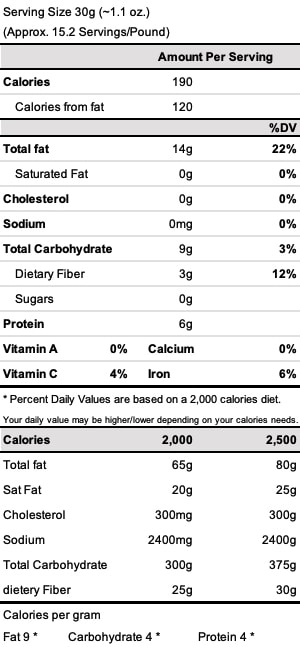
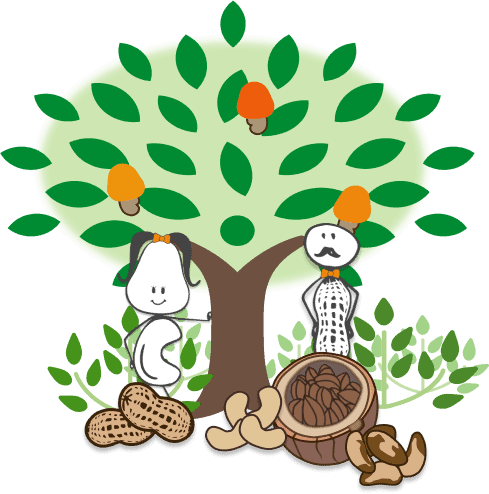
 We use cookies to ensure you get the best experience on our website. For more information, please read our
We use cookies to ensure you get the best experience on our website. For more information, please read our